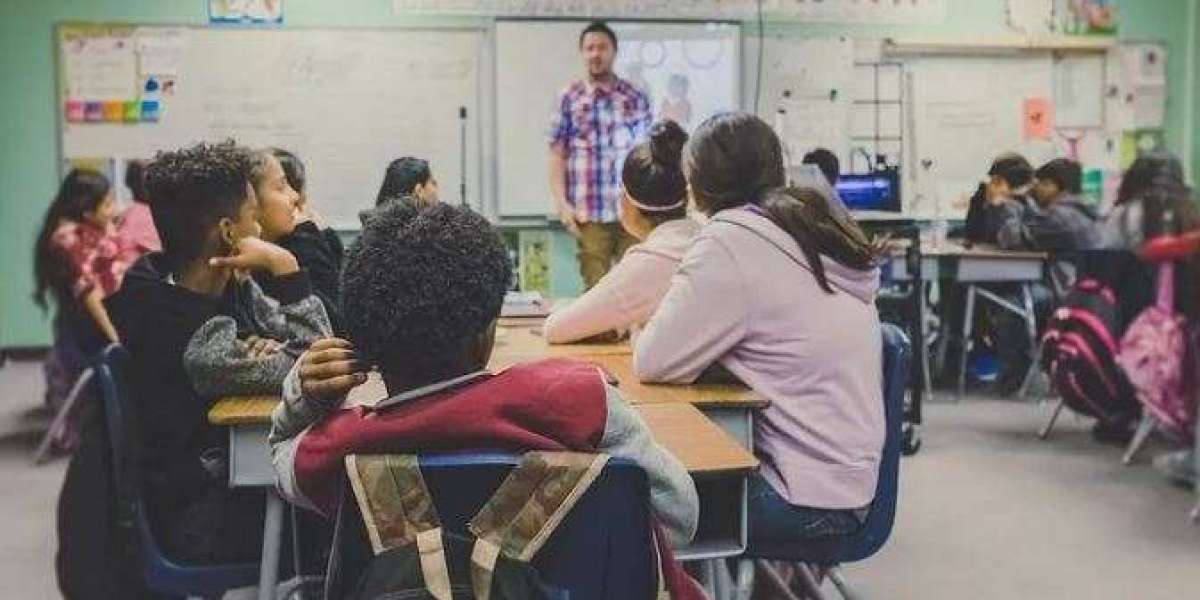Introduction:
Education is undergoing a profound transformation, driven by technological advancements, changing pedagogical approaches, and evolving societal needs. From personalized learning and online education to augmented reality and competency-based assessment, a multitude of innovations and trends are reshaping the landscape of teaching and learning. In this comprehensive exploration, we'll delve into the transformative impact of technology on education, highlighting key innovations and trends that are revolutionizing the way knowledge is imparted, skills are developed, and students are engaged.
Personalized Learning:
Personalized learning is a pedagogical approach that tailors instruction to the individual needs, interests, and learning styles of each student. Technology plays a crucial role in enabling personalized learning experiences, with adaptive learning platforms, intelligent tutoring systems, and learning analytics tools providing insights into students' progress and performance. By leveraging data-driven insights, educators can identify students' strengths and weaknesses, customize learning pathways, and provide targeted interventions to support their academic growth. Personalized learning fosters student autonomy, engagement, and mastery of content, ultimately leading to improved learning outcomes and academic success.
Online and Blended Learning:
Online and blended learning models are transforming the traditional classroom experience, offering flexibility, accessibility, and scalability in education delivery. With the proliferation of learning management systems (LMS), video conferencing tools, and online course platforms, students can access educational content anytime, anywhere, and at their own pace. Blended learning combines online instruction with face-to-face interaction, allowing educators to blend the best aspects of digital and traditional teaching methodologies. Moreover, online learning enables institutions to reach a broader audience, including non-traditional learners, adult students, and those in remote or underserved areas. By embracing online and blended learning, educators can enhance instructional effectiveness, expand access to education, and foster lifelong learning opportunities for all.
Gamification and Digital Simulations:
Gamification and digital simulations are leveraging game mechanics and immersive experiences to enhance student engagement, motivation, and learning outcomes. Educational games, simulations, and virtual reality (VR) experiences provide interactive and experiential learning environments that stimulate critical thinking, problem-solving, and collaboration skills. By gamifying learning activities, educators can make learning more enjoyable and rewarding, encouraging students to take ownership of their learning journey and persist in the face of challenges. Moreover, digital simulations enable students to explore complex concepts, conduct experiments, and simulate real-world scenarios in a safe and controlled environment. By integrating gamification and digital simulations into curriculum design, educators can create dynamic and immersive learning experiences that prepare students for success in the 21st-century workforce.
Competency-Based Education:
Competency-based education (CBE) focuses on mastery of specific skills and competencies rather than traditional seat time or credit hours. In a competency-based learning environment, students progress at their own pace, advancing to the next level of learning upon demonstrating mastery of predefined competencies or learning objectives. Technology-enabled assessments, digital badges, and competency dashboards provide learners with real-time feedback and progress tracking, empowering them to take ownership of their learning journey and pursue personalized pathways to proficiency. Competency-based education promotes equity, flexibility, and relevance, ensuring that all students have the opportunity to achieve mastery and demonstrate their knowledge and skills in authentic contexts.
Artificial Intelligence and Adaptive Learning:
Artificial intelligence (AI) and adaptive learning technologies are revolutionizing education by personalizing instruction, optimizing learning experiences, and supporting differentiated instruction. AI-powered tutoring systems, intelligent tutors, and recommendation engines analyze students' learning data to identify patterns, preferences, and areas for improvement, delivering customized content and interventions tailored to each learner's needs. Moreover, adaptive learning platforms adjust the level of difficulty, pacing, and content delivery based on students' responses and performance, ensuring that instruction is optimized for maximum effectiveness. By harnessing the power of AI and adaptive learning, educators can provide targeted support, scaffold learning experiences, and promote mastery learning for all students, regardless of their background or ability level.
Education is undergoing a fundamental transformation, driven by innovation, technology, and a shift towards student-centered, personalized learning experiences. From personalized learning and online education to gamification and competency-based assessment, key innovations and trends are reshaping the way knowledge is acquired, skills are developed, and students are engaged. By embracing these innovations and trends, educators can create dynamic, inclusive, and effective learning environments that empower students to thrive in the digital age. As we continue to navigate the challenges and opportunities of education transformation, collaboration, experimentation, and a commitment to lifelong learning will be essential for realizing the full potential of education in the 21st century.








